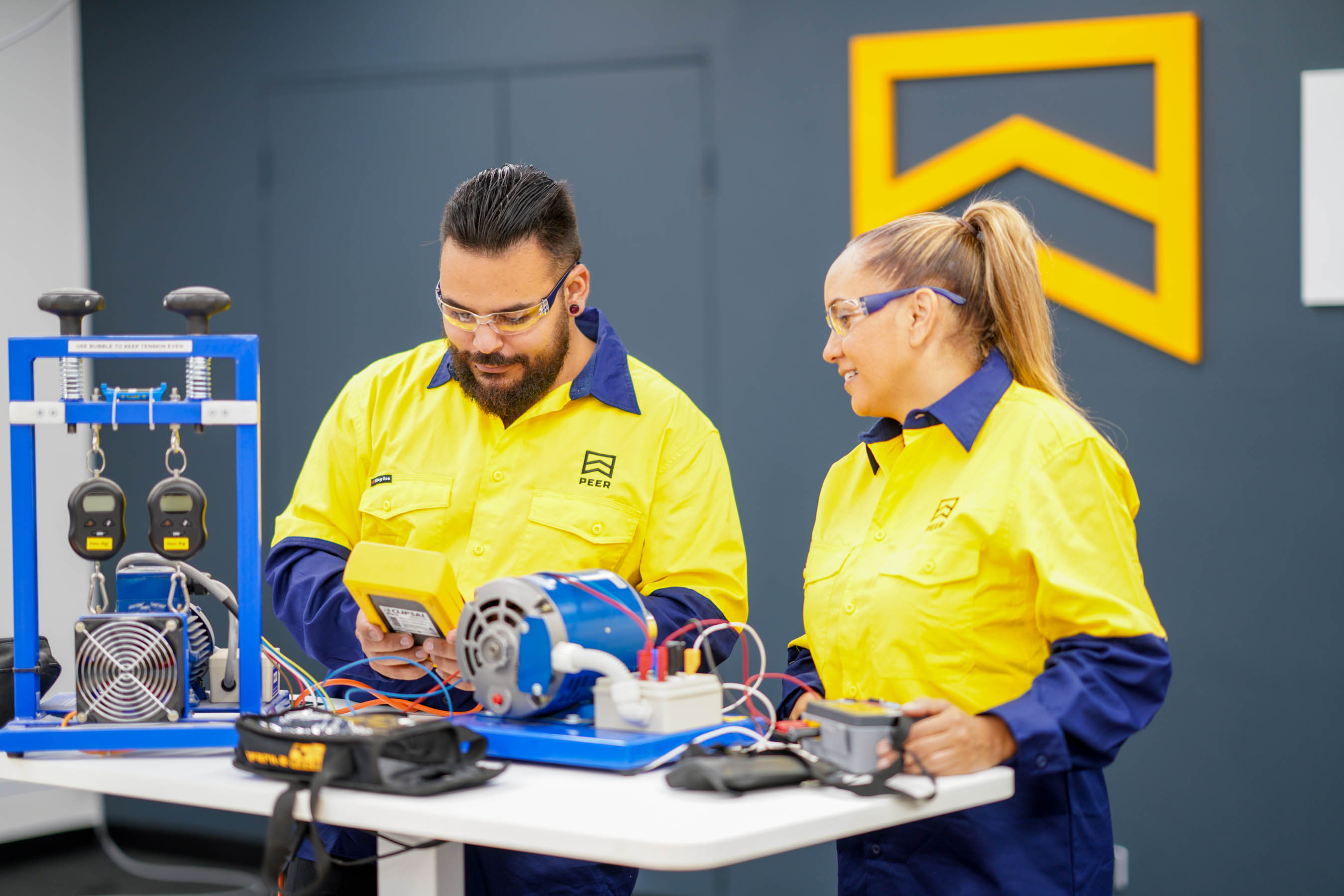Even the briefest contact with electricity (50v+) can have serious consequences to a person’s health and safety. High voltage shocks can cause more serious injuries including contact burns and damage to internal organs.
Electric shocks may also lead to other injuries, including falls from ladders, scaffolds or other elevated work platforms. Other injuries or illnesses may include muscle spasms, palpitations, nausea, vomiting, collapse and unconsciousness and in the worst case death.
Management of Risk
Businesses have an obligation to manage risks to health and safety associated with electrical risks at the workplace in accordance with the WHS Regulations. The WHS Regulations also include specific requirements for managing electrical risks, many of which are covered in the SA Code of Practice: Managing electrical risks in the workplace 2020. General risk management methodology includes the following key steps;
Consult with workers and others to;
• Identify Hazards
• Manage Risk using the hierarchy of controls
• Maintain the control measures
• Review the effectiveness of control measures
Isolation
To ensure electrical equipment or circuits remain de-energised while working, the electrical equipment or circuits should be effectively isolated from all relevant sources of electricity supply. This may be done using opening switches, removing fuses or links, opening circuit breakers or removing circuit connections.
The steps for effective isolation include;
• Isolation of the equipment or apparatus,
• Securing the isolation,
• Tagging,
• Testing, and
• Re-testing as necessary.
For example, if the person carrying out the work temporarily leaves the immediate area, or is to start work on a different part of the isolation, tests must be carried out on their return or before commencing work to ensure that the electrical equipment being worked on is still not energised to safeguard against inadvertent reconnection by another person.
Electric shocks are classified as a “Dangerous incidents” and must be notified to SafeWork SA and the Office of the Technical Regulator by the PCBU responsible for the workplace.
DOWNLOAD SAFETY BULLETINIf you have any queries or need assistance in ensuring you are meeting your obligations under legislation, please don’t hesitate to contact our WHS Advisor on (08) 8348 1243 or email us at safety@peer.com.au.
